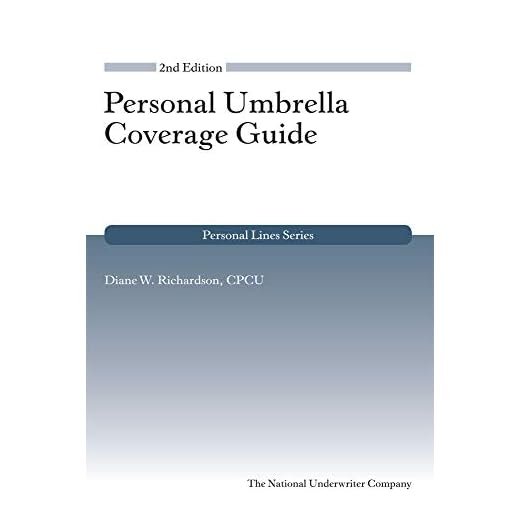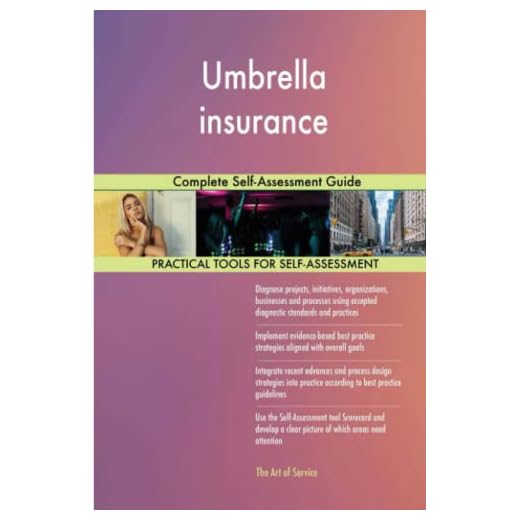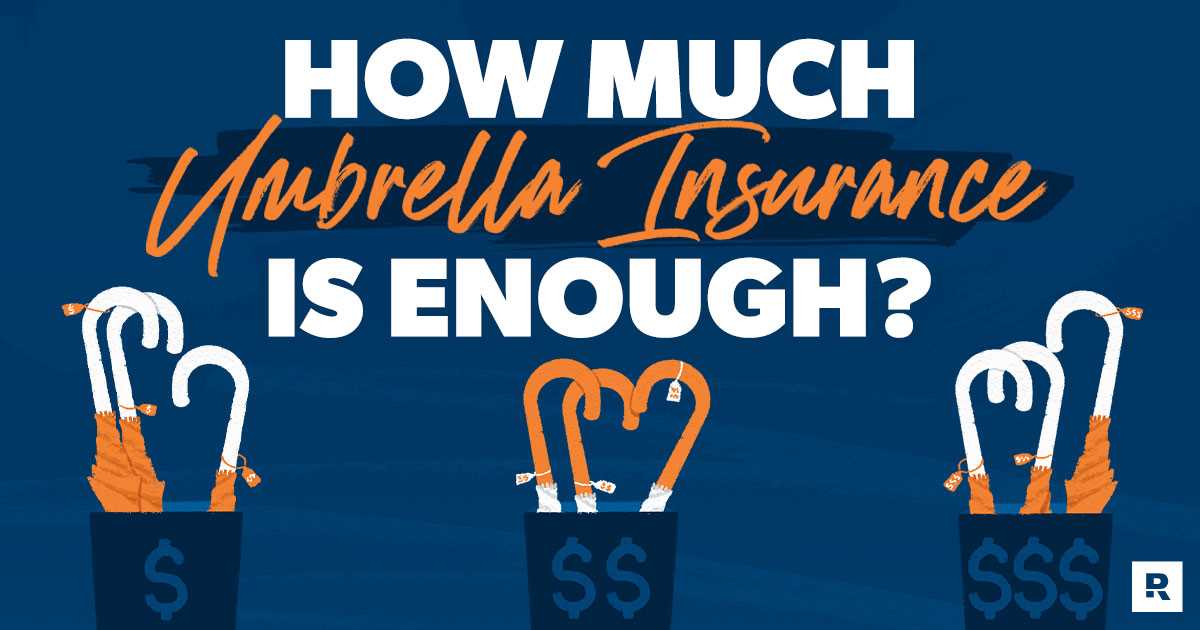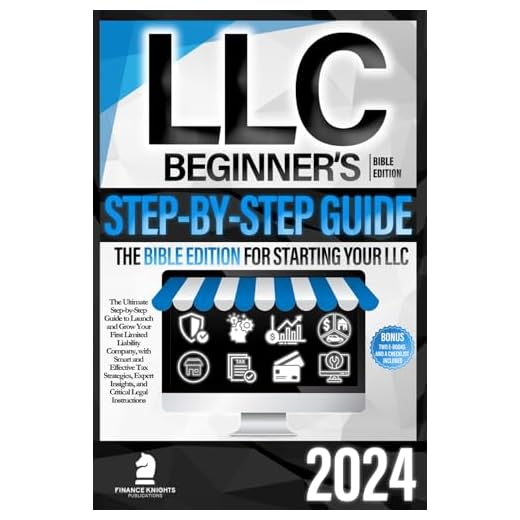


Researching and obtaining supplementary liability coverage is a smart move for anyone looking to enhance their financial security. This article details practical steps to identify, compare, and acquire this type of protection effectively. The aim is to guide individuals through the process, ensuring they understand the benefits and options available.
This information is tailored for homeowners, renters, and drivers who want to safeguard their assets from unexpected claims. You will find insights into assessing your current policies, determining your coverage needs, and exploring various providers in the market.
By the end of this article, you will be equipped with the knowledge to make informed decisions regarding additional liability protection. We will discuss key factors to consider, such as policy limits, costs, and the importance of reading the fine print. You’ll also learn how to leverage quotes and expert advice to secure the most suitable coverage for your situation.
Optimal Approach for Acquiring Additional Liability Coverage
Researching and comparing policies from various providers is essential for finding adequate supplemental liability coverage. Begin by assessing your current insurance needs, which may include home, auto, or recreational vehicle policies, as these can influence the type of additional protection required.
Consulting with a knowledgeable insurance agent can provide tailored advice based on your unique situation. They can help identify gaps in your existing policies and suggest appropriate limits for extra liability protection that align with your assets and lifestyle.
Key Steps to Consider
- Evaluate Your Assets: Determine the value of your home, savings, investments, and other assets. This will help establish the level of coverage necessary to protect your wealth.
- Assess Potential Risks: Identify personal risks, such as owning rental properties or engaging in activities that may increase liability exposure.
- Check Existing Policies: Review your current policies to understand coverage limits and exclusions. This will inform how much additional coverage is needed.
- Seek Multiple Quotes: Obtain quotes from different insurance providers to compare pricing and policy options. This can result in better coverage at a competitive rate.
- Read Reviews: Research customer feedback and ratings for potential insurers. This can provide insight into their claims process and customer service quality.
As you gather information, consider the deductibles associated with policies. A higher deductible often results in lower premiums, but ensure it remains affordable in the event of a claim.
Finally, once a suitable option is selected, review the policy details carefully before committing. Confirm that it meets your expectations and adequately covers potential liabilities.
Understanding Umbrella Insurance Coverage
Comprehending the scope of liability protection provided by excess liability coverage is crucial for safeguarding assets. This type of policy offers an additional layer beyond standard home and auto policies, ensuring broader coverage against various claims.
This coverage typically kicks in when the limits of underlying policies have been exhausted. It can protect against personal injury claims, property damage, and even certain lawsuits that may arise. The primary goal is to shield personal finances from major unforeseen events.
Key Features of Excess Liability Protection
Excess liability protection encompasses several important elements that enhance its value:
- Higher Limits: It provides higher liability limits than standard policies, often starting at one million dollars.
- Broad Coverage: This protection can cover various incidents, including libel, slander, and rental property liability.
- Worldwide Coverage: Many policies extend protection globally, making it valuable for those who travel frequently.
- Legal Defense Costs: Legal fees incurred during lawsuits may also be covered, which can be a significant financial burden.
Evaluating the specific needs and risks associated with personal situations can guide the decision-making process for acquiring this type of coverage. Consulting with an expert can provide tailored insights and recommendations.
| Scenario | Potential Liability |
|---|---|
| Car Accident | Damage exceeding auto policy limits |
| Injury on Property | Medical costs and legal claims |
| Defamation Case | Legal fees and damages |
In summary, understanding the nuances of excess liability coverage is vital for effective financial planning. This form of protection not only safeguards assets but also provides peace of mind in the face of potential liabilities.
Assessing Your Personal Liability Needs
Determining personal liability requirements involves a thorough evaluation of various factors that can impact your financial security. Analyze your assets, income, and potential risks to understand the level of coverage necessary to protect your interests.
Begin by identifying your assets, including property, savings, and investments. Consider the total value of these items, as they will influence how much protection is advisable. For example, if you own a home, its value significantly contributes to your overall net worth.
Evaluating Risk Factors
Next, assess your lifestyle and activities that may elevate your risk of liability claims. Factors to consider include:
- Homeownership and property exposure
- Ownership of pets, particularly breeds known for aggression
- Participation in recreational activities, such as boating or skiing
- Hosting gatherings or events at your residence
Each of these elements can increase the likelihood of an incident leading to a claim. Understanding these risks can provide clarity on the necessary coverage.
Additionally, consider your income and how it could be affected by potential liabilities. If you have a high income or expect significant future earnings, higher limits may be appropriate to safeguard against lawsuits that could threaten your financial stability.
Engaging with an expert in the field can further assist in tailoring a policy that aligns with your specific circumstances. This professional can offer insights into typical liability claims and recommended coverage amounts based on your profile.
Comparing Quotes from Multiple Insurance Providers
Gathering quotes from various providers is a strategic approach to identify the most suitable coverage options. This process not only highlights the differences in pricing but also reveals variations in policy terms and conditions.
Begin by researching reliable companies in the market. Utilize online comparison tools or consult with an independent agent to streamline the process. Aim to collect at least three to five quotes to ensure a broad perspective on available options.
Factors to Consider
- Coverage Limits: Ensure that the limits meet your risk exposure needs.
- Exclusions: Review what is not covered to avoid surprises during a claim.
- Deductibles: Compare the out-of-pocket amounts that apply before coverage kicks in.
- Customer Service: Research reviews and ratings to gauge the quality of support.
- Discounts: Inquire about potential discounts for bundling policies or maintaining a claims-free record.
Once you have the quotes, create a comparison table to visualize the differences clearly. This will assist in identifying which provider offers the best combination of price and coverage tailored to your specific situation.
| Provider | Coverage Limit | Annual Premium | Deductible | Customer Rating |
|---|---|---|---|---|
| Provider A | $1 million | $150 | $250 | 4.5/5 |
| Provider B | $1 million | $175 | $500 | 4/5 |
| Provider C | $2 million | $200 | $250 | 4.7/5 |
After evaluating the data, choose the option that aligns with your needs while offering reliable support and reasonable terms. Effective comparison can lead to significant savings and enhanced peace of mind.
Evaluating Policy Limits and Exclusions
Reviewing policy limits is essential to ensure adequate coverage against potential liabilities. Consider the financial risks associated with your assets and lifestyle when assessing these limits. A well-chosen policy should provide sufficient protection to cover significant legal claims or damages that may arise.
Exclusions can significantly impact the effectiveness of coverage. It is crucial to understand what is not covered by the policy. Common exclusions may include certain types of injuries, property damage related to business activities, or incidents involving vehicles. Carefully read the policy documentation to identify these exclusions and assess their relevance to your circumstances.
Key Factors to Consider
- Policy Limits: Evaluate the maximum payout in various scenarios. Compare these limits to your net worth and potential exposure to risks.
- Exclusions: Make a list of exclusions and consider whether they apply to your situation. This understanding helps in making informed decisions.
- Legal Requirements: Some jurisdictions may have minimum coverage requirements. Ensure your chosen policy meets or exceeds these legal standards.
It’s advisable to consult with an expert to tailor the policy according to individual needs and circumstances. They can provide insights into the adequacy of limits and clarify any confusing exclusions.
Tips for Bundling Policies for Cost Savings
Consolidating multiple coverage plans with a single provider can lead to significant savings. Consider combining your auto, home, and liability coverage to take advantage of discounts often offered by insurers.
Evaluate the types of protection you need and choose a single company that provides comprehensive policies. This not only streamlines your management but also enhances the chances of receiving lower premiums.
Additional Strategies for Bundling
- Assess Your Needs: Identify which types of coverage are necessary and explore policies that can be combined effectively.
- Research Discounts: Inquire about specific discounts for bundled policies, as these can vary widely among providers.
- Review Your Coverage: Ensure that combining policies does not lead to gaps in coverage or unnecessary overlap.
- Consult an Agent: Work with a knowledgeable agent who can help tailor a package that meets your requirements while maximizing savings.
By following these strategies and actively seeking bundling opportunities, you can optimize your financial outlay while ensuring adequate protection for your assets.
Best way to get umbrella insurance
Features
| Is Adult Product | |
| Language | English |
| Number Of Pages | 206 |
| Publication Date | 2024-03-23T00:00:01Z |
Features
| Release Date | 2016-06-07T00:00:00.000Z |
| Edition | 2nd |
| Language | English |
| Number Of Pages | 230 |
| Publication Date | 2016-06-07T00:00:00.000Z |
| Format | Kindle eBook |
Features
| Is Adult Product | |
| Release Date | 2022-06-27T00:00:01Z |
| Language | English |
| Number Of Pages | 305 |
| Publication Date | 2022-06-27T00:00:01Z |
Video:
FAQ:
What is umbrella insurance and why might I need it?
Umbrella insurance is a type of liability coverage that provides an extra layer of protection beyond what your standard insurance policies cover, such as auto or homeowners insurance. It can help protect your assets in case you face a lawsuit or significant claims that exceed your existing policy limits. You might need umbrella insurance if you have substantial assets, own rental properties, or engage in activities with a higher risk of liability, such as owning a pool or having a teenage driver.
How do I determine how much umbrella insurance I need?
To assess how much umbrella insurance is appropriate for you, consider your total assets, including savings, investments, and properties. A common recommendation is to have coverage that equals your net worth, plus additional coverage for potential future earnings. Additionally, evaluate your lifestyle and any activities that may expose you to higher risks, such as owning a business or participating in recreational activities. Consulting with an insurance professional can provide personalized insights based on your situation.
Where can I purchase umbrella insurance?
You can purchase umbrella insurance from most major insurance companies, either through their websites or by contacting an insurance agent. Many companies offer this type of coverage as an add-on to existing policies, so check with your current insurance provider first. It’s advisable to compare quotes and coverage options from multiple insurers to find the best fit for your needs and budget.
Are there any exclusions or limitations to umbrella insurance policies?
Yes, umbrella insurance policies typically have exclusions and limitations. Common exclusions include incidents related to intentional harm, business-related liabilities, and certain types of property damage. Additionally, there may be limits on specific types of claims, such as those involving vehicles or watercraft. It’s crucial to read the policy document carefully to understand what is covered and what is not, and to discuss any concerns with your insurance provider to ensure you have the protection you need.








